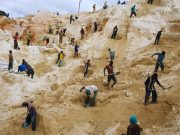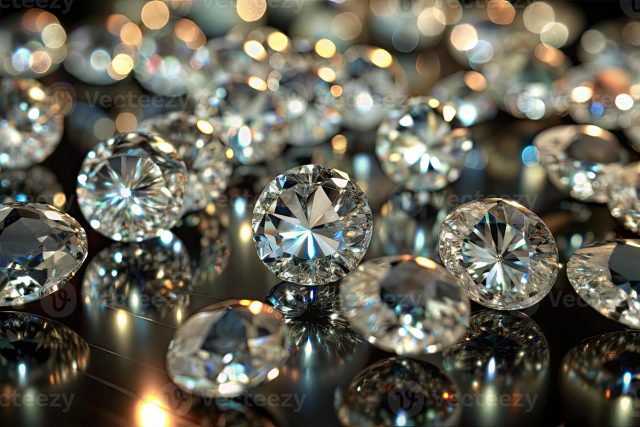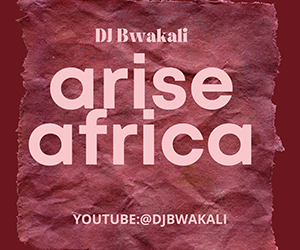They told us diamonds are forever, but the story is changing fast. The sparkle that once came only from deep African mines is now being born in humming laboratories. This is not just a shift in fashion. It is a tectonic change in power. Whoever controls the diamonds, controls the narrative. And right now, Africa is standing at a crossroads. Will it reclaim its diamonds through bold moves like Botswana’s De Beers play, or will it watch the future slip away to lab reactors and Qatari financiers?
The diamond business is no longer only about mines carved into African soil or secretive trading floors in Antwerp. A quiet revolution is underway in laboratories from Shanghai to Silicon Valley. Today, almost one in every five diamonds sold worldwide is grown in a lab. They sparkle just like the ones pulled out of Botswana’s rich earth or Russia’s frozen tundra, but their journey begins in a reactor, not in rock.
By value, lab-grown diamonds still represent a smaller slice of the market, around 10 to 12 percent globally, because they are cheaper to produce and sell for less. Yet the trend line is unmistakable. Analysts predict that by 2025, nearly 20 percent of all diamonds on the market will be lab-grown. In the jewelry sector, the transformation is even more striking. Lab-grown stones now account for about a fifth of global jewelry sales. In the United States, the disruption has been nothing short of seismic, with half of engagement rings sold containing lab-grown stones. That is not a fad. That is a cultural shift.
What makes this moment historic is not simply technology. It is the way lab-grown diamonds threaten to undercut the old colonial logic of mining. For more than a century, Africa has supplied the world with diamonds under conditions that enriched others far more than it enriched the continent. Now, with reactors spitting out flawless gems in industrial parks, the monopoly of geography is breaking down. A diamond no longer needs the soil of Botswana or the politics of Congo. It only needs a lab and a market.
The big question is whether Africa will ride this wave or drown in it. De Beers and Anglo American once defined the rules of the game, but today the market is tilting. If lab-grown diamonds continue their ascent, natural producers will lose revenue and leverage. For countries like Botswana, which rely heavily on diamond exports, the arrival of this new competitor could either push them into smarter diversification or trap them in a shrinking market.
And here lies the paradox. Botswana is preparing a bold move to buy back control of De Beers, with Lazard advising and whispers of Qatari billions waiting in the wings. On one side, Botswana dreams of full ownership of its diamonds. On the other side, lab-grown diamonds are eating into global demand for mined stones. The danger is clear. If Botswana replaces Anglo American with Qatar but ignores the lab-grown revolution, it will be swapping one master for another while the market shifts beneath its feet.
President Duma Boko’s geopolitical chess game must therefore be twofold. He has to checkmate Anglo American and Qatar by seizing De Beers for Botswana. He must also anticipate the next move on the board, which is a world where lab-grown diamonds could dominate. The future belongs to those who not only own the mines but also master the labs. If Botswana gets both right, it will not just reclaim its diamonds. It will redefine what diamonds mean in the twenty-first century.
The Rallying Call
Africa must no longer be the continent that provides raw stones while others take the wealth. It must be the continent that writes the rules of the diamond game, whether in mines or in labs. Botswana’s struggle with De Beers is not just a national fight. It is a signal to every African nation that control of resources must remain in African hands. Diamonds are changing, the market is shifting, and the power lines are redrawn. The question is simple. Will Africa lead, or will it surrender yet again?

























